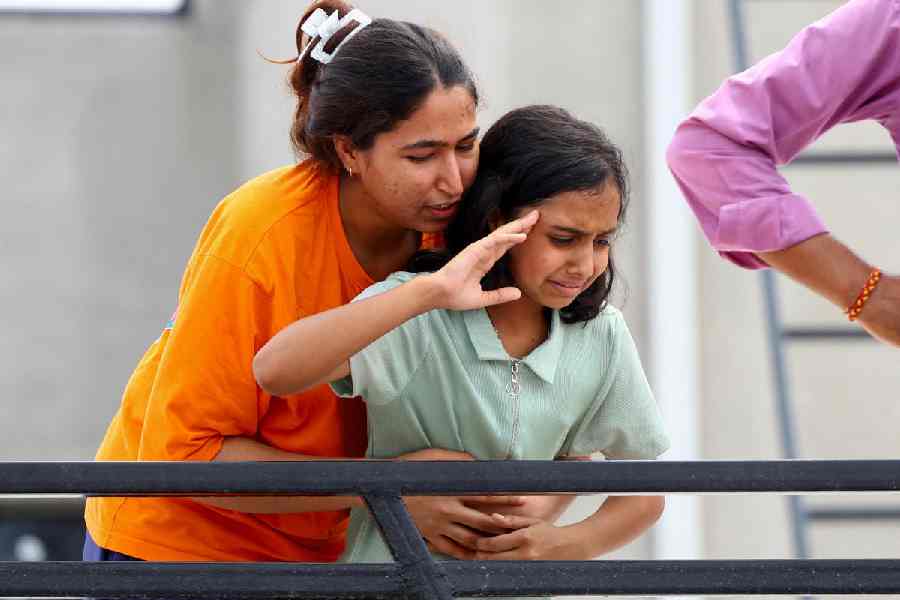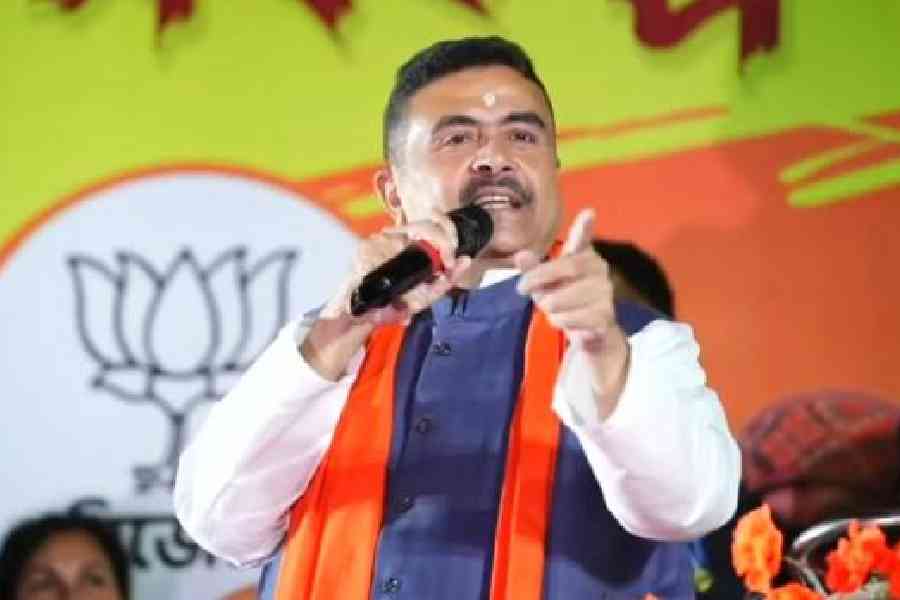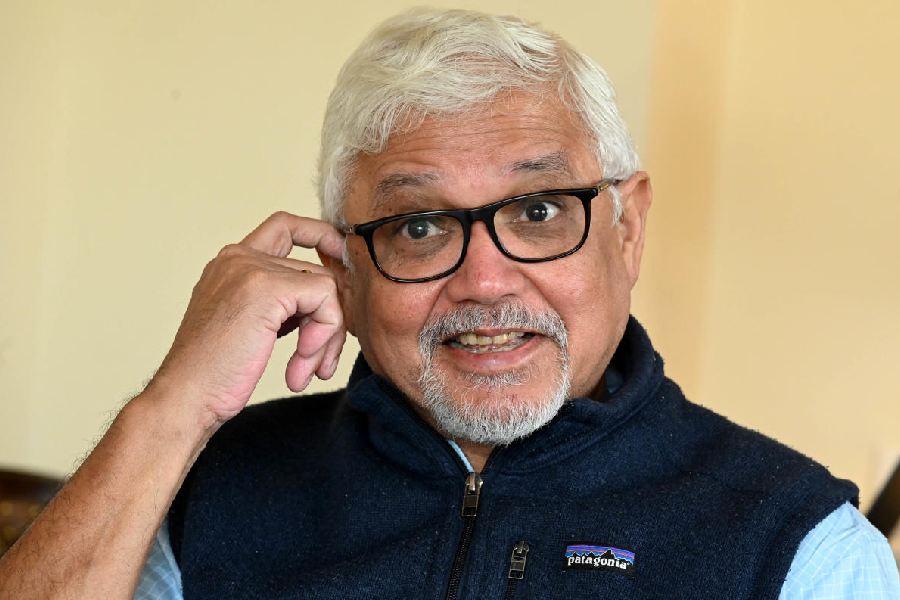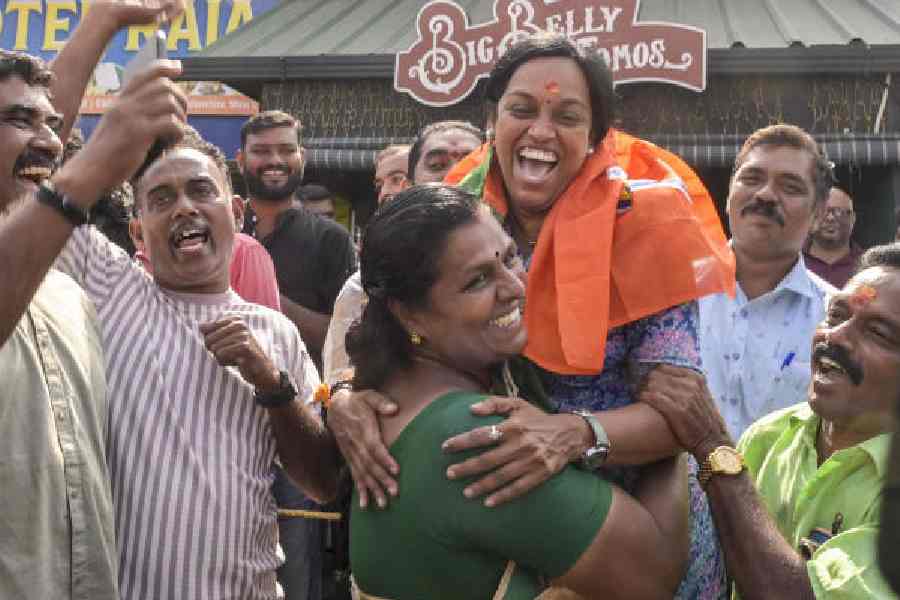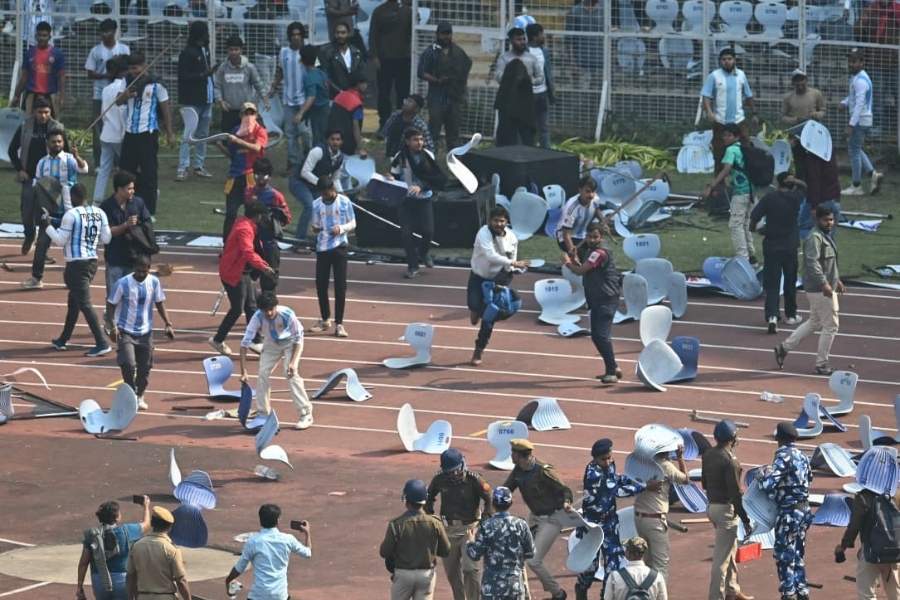India on Sunday sent a fresh “hotline” message to Pakistan, warning of a “fierce and punitive response” to any violation of the understanding to stop firing, a day after the US claimed to have brokered a ceasefire between the two countries.
Late on Saturday evening, Pakistan had breached the understanding within hours of its announcement by launching a barrage of attack drones targeting multiple sites in Jammu and Kashmir, Rajasthan and Gujarat.
During a special media briefing on Sunday evening, Lieutenant General Rajiv Ghai, India’s Director-General of Military Operations, said he had sent a “hotline” message to his counterpart highlighting these violations. He had also conveyed India’s firm and clear intent to respond “fiercely” if these were repeated on Sunday night or later.
“We are still in a combat scenario and the question to ask is, have we achieved our target of decimating the terrorist camps? And the answer is a thumping ‘yes’ and the result is there for the world to see,” Ghai said.
He paid tributes to the Indian soldiers who lost their lives during Operation Sindoor.
“We have lost five Indian soldiers in Operation Sindoor. We are indebted to them. I pay homage to five fellow personnel from the armed forces; their sacrifices will always be remembered,” the DGMO said.
Ghai, who was accompanied by army, air force and navy officers, said he had earlier spoken at 3.35pm on Saturday to his counterpart when the Pakistan DGMO proposed the truce that led to the agreement to stop military action from 5pm.
“However... expectedly, it took only a couple of hours for Pakistan to violate these arrangements and (start) firing, across the border and the Line of Control, followed by drone intrusions, continued through last night and in the early hours of today,” he said. “These violations were responded to robustly.”
Earlier on Sunday, the Indian army chief, General Upendra Dwivedi, reviewed the security situation and “granted full authority to the army commanders for counteraction in the kinetic domain to any violation of the understanding”.
Ghai said the Pakistan army had lost 35 to 40 personnel between May 7 and 10. He added that the Indian strikes on nine terror targets had killed about 100 terrorists, including some of the Pulwama attackers and IC-814 hijackers.
“The high-value targets killed included Yusuf Azhar, Abdul Malik Rauf and Mudasir Ahmed,” Air Marshal A.K. Bharti said while displaying before-and-after pictures of the terror targets destroyed on May 7.
“Between May 7 and 10,we have confirmed that Pakistan suffered significant casualties with 35 to 40 personnel lost due to our retaliatory actions and ongoing engagements.”
Ghai said that Operation Sindoor, a retaliatory strike against the Pahalgam terror attack, was conceptualised with the clear military aim of punishing the perpetrators and planners of terror and destroying their infrastructure.
“The aim was to target terrorists and their infrastructure and not Pakistani civilians or military establishments,” he said.
Bharti said India had struck Pakistani airbases, command centres, military infrastructure and air defence systems across the western front in a coordinated and calibrated way.
Asked about the “exact number” of casualties across the border, he said: “Our focus was not on counting the casualties but on hitting the terror targets. Our job is to hit the target, not to count the body bags.”
Karachi in crosshairs
Vice-Admiral A.N. Pramod said that immediately after the Pahalgam attack, thenavy had mobilised its carrier battle group in the Arabian Sea in full combat readiness, adopting a “decisive and deterrent posture”.
He said the navy had remained forward deployed with the capability to strike high-value targets including Karachi, Pakistan’s financial capital.
In the 1971 war, the Indian navy had blockaded Karachi port and bombed the city.
Rafale haze
Responding to a question on whether Indian jets, including a Rafale, had been shot down as claimed by Pakistan and some international media reports, India’s air force on Sunday said that “losses are a part of combat”.
It gave no details but added that all its pilots were back home after fighting with Pakistan.
Pakistan claims to have shot down five Indian jets, including a Rafale.

